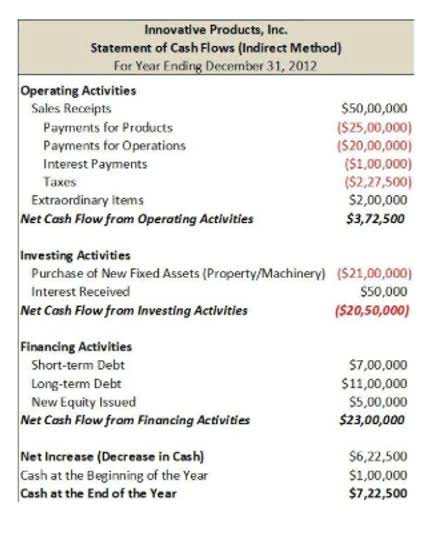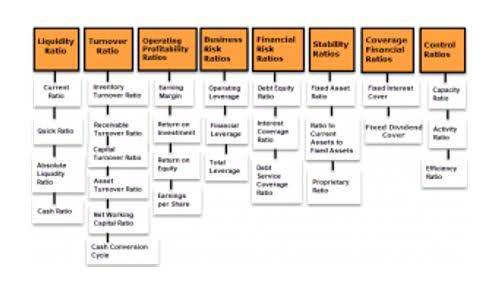2025 State Income Tax Rates and Brackets

754, enacted in May 2023, reduced the top individual income tax rate from 5.84 percent in 2024 to 5.20 percent in 2025 and outlined the gradual reduction of the state’s top rate to 3.99 percent by 2027. 1001, enacted in May 2023, Indiana accelerated its previously enacted tax rate reductions, lowering the individual income tax rate from 3.05 in 2024 to 3.00 percent in 2025. The law also repealed previously enacted tax triggers, instead prescribing a rate reduction to 2.95 percent in assets = liabilities + equity 2026, and 2.9 percent in 2027 and beyond. Effective January 1, 2024, the tax rate decreased from 4.75 percent to 4.5 percent. 754, enacted in May 2023, reduced the top individual income tax rate from 6.64 percent in 2023 to 5.84 percent in 2024 and outlined the gradual reduction of the state’s top rate to 3.99 percent by 2027.

Pennsylvania – Flat Rate: 3.07%
In Mississippi, the flat income tax rate of 4.7% was reduced to 4.4% for 2025. Louisiana also repealed its graduated income tax in favor of state income tax rates a flat rate. In the United States, each state has its own policy for collecting income taxes. Income taxes are just one of the ways that state governments make revenues for operations – think of things like building schools and repairing roads.
Self-Employed Tax Deductions Calculator
- The staggered income tax cuts go through 2027, when a 2.9% tax rate will apply.
- Tax rates and structures vary significantly, with some states imposing no income tax at all, while others have complex graduated systems with multiple tax brackets and rates reaching over 11%.
- This stands in contrast to a flat tax, which is a single rate that applies to everyone and to all of your dollars, no matter how much you earn.
- For entrepreneurs and business owners, state corporate tax rates and policies can influence decisions on where to establish or expand operations.
- But if you moved to another state during the year, lived in one state but worked in another, or have, say, income-producing rental properties in multiple states, you might need to file more than one state return.
- Economic factors also weigh in; states may lower rates to invigorate growth or increase them during economic downturns.
Find out how you can simplify your payroll and HR processes with one single platform. Personal property is tangible property that produces income (is used for business purposes), while real property is immovable property, such as buildings and land. Capital gains are defined as the profit made by selling an asset (such as stock, estate, or investments) that has increased in value over time. These are subject to short-term capital gains tax (when the asset was held for one year or less) and long-term capital gains tax (when held for more than one year) by the IRS, and should be reported in Form 1040.

States with a flat rate of state income tax:

Before making a move, individuals should research other tax obligations, such as property taxes, sales taxes, and potential estate or inheritance taxes that could impact their financial situation. Some states have higher property taxes to compensate for the lack of income tax, which could offset the benefits of moving to a no-tax state. State income tax is calculated either at a progressive rate or a flat rate of the taxable income. Of the total states, 36 states have a progressive tax structure, just like the federal government. This means as the income of an individual increases, the tax payable increases.
This category includes metrics such as life expectancy, infant mortality rate, disease prevalence, and access to healthcare. There are also articles covering abortion, drug use, and vaccination status. Education is the process of acquiring knowledge, skills, values, and attitudes through formal or informal means. This Online Bookkeeping category includes metrics such as literacy rates, enrollment rates, teacher-to-student ratio, and educational attainment. Other metrics like education spending, curriculum quality, and technological readiness are also included.
- This structure helps fund a wide array of public services, including Oregon Health Plan (OHP), K-12 education, and wildfire prevention programs.
- The table below shows an illustrative example of how tax is distributed across the various tax brackets, with the gross income in this example set at $105,000 (USD) for a taxpayer with single filer status.
- New York State imposes a 10.9% top marginal income tax, and for residents of New York City, an additional local tax of up to 3.88% can apply, bringing the total above 14% for top earners.
- The law also repealed previously enacted tax triggers, instead prescribing a rate reduction to 2.95 percent in 2026, and 2.9 percent in 2027 and beyond.












Recent Comments